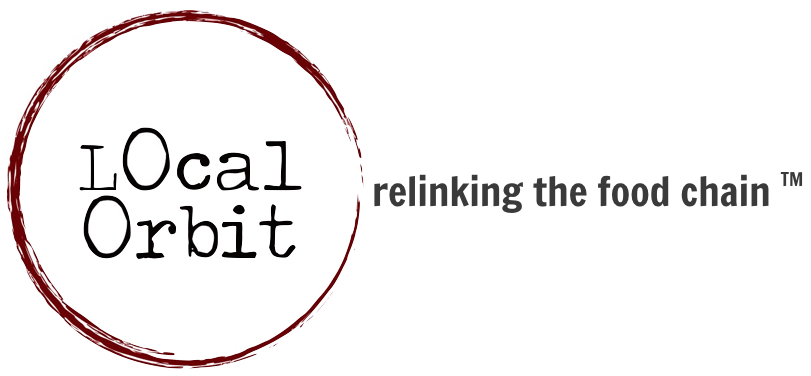
“Food Leaders are De Facto Climate Leaders”

Image from Healthcare Without Harm
Healthcare Without Harm published an excellent article last month about the role of hospital foodservice in climate change: Nourishing Patients and the Planet: The Role of Hospital Food Service in Climate Leadership. Featuring the work of the University of Washington and University of Vermont Medical Centers, it’s an important read that applies to all foodservice operations.
Here’s an excerpt:
Food is the best medicine. It’s why foodservice professionals work tirelessly to ensure their facilities purchase the freshest food to serve patients, staff, and visitors. They have even broadened the scope of “healthy” food, taking into consideration where it comes from, and how it’s grown or raised. They strive to provide the people who eat at their facilities with organic, local and sustainable products. In the work that they’re doing every day to make food healthier, they’re also helping to lead the charge against climate change, the greatest public health threat — -and opportunity — of the 21st century.
When considering what it means to grow and produce sustainable food, climate change may not be the first thing that comes to mind. Yet industrial agriculture is one of the biggest contributors of carbon emissions. The Intergovernmental Panel on Climate Change estimates that agriculture and associated land use changes are responsible for 24% of global emissions — greater than emissions from industry and greater than the combined emissions of transportation and buildings.
If food procurement remains entangled in industrial agriculture, this is in direct contradiction to health care’s healing mission. The healthcare sector can use its annual buying power of $12 billion (in the United States alone) to reduce the climate impact from agriculture by purchasing and serving foods that are protective of the climate.
Hundreds of hospitals across the United States are changing their purchasing practices to take into account these critical issues — having completely transformed their food services or starting to take steps along that trajectory.
Serving over three million customers per year combined on opposite coasts, the University of Washington Medical Center (UWMC) and the University of Vermont Medical Center (UVM) purchase, produce and serve an enormous amount of food — and as a result have a significant environmental impact. That impact is a positive one thanks to decisive ecologically-informed interventions throughout their food service such as meat and food waste reductions, and local and sustainable food purchasing practices. These two facilities demonstrate how foodservice work can lead to reduced greenhouse gas (GHG) emissions — a definitive step towards reducing a facility’s footprint and mitigating climate change.






